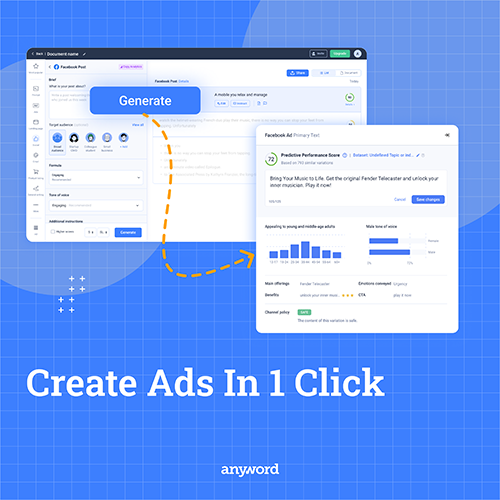Managing workload is an ongoing necessary part of the day-to-day life of professionals. We all have 24 hours in the day, and we divide this time between sleep, family, work, exercise, self-care and many other aspects of life.

Our workload often extends beyond the time we allocate to work; providing a continuous stream of tasks and deliverables that we can do. This means we need to make choices about what we do in the time we have available.
The Art of Saying “No”
Many of us have found ourselves in situations where we feel that we cannot say “no.” In our childhoods, our parents and carers expected us to listen and do what they said. We learned at a young age that we need to respect authority and do what we are told. You may have rebelled against this as a teenager, perhaps still as an adult, but, in most cultures, respecting authority is a strong norm.
As children, our parents and carers are the most influential authority in our lives. When we start working, our boss becomes the main figure of authority. Suddenly, the patterns we developed as a child, to do what we are told by our parents and carers, show up in the workplace, and do what we are told by our bosses, whether this is an assumed expectation or explicitly communicated within the organization. What happens when you do not do what you are told? What happens when you say “no” to your boss, to this source of authority?
Our reluctance or even inability to say “no” in the workplace often comes from fear—whether it is a fear of punishment, a fear of letting people down, a fear of being perceived as not good enough, a fear of coming across as difficult, or a fear of being judged.
If you often do what you are told, even though you do not want to or disagree with it, this creates tension that can cause physical, emotional, and mental challenges. Studies show that 40% of global employees report feeling worry or stress a lot of the day (Gallup, 2022). In the long term, this can have a ripple effect on your health and other areas of life.
The “Add One, Shift One” Method for Managing Workload
If your workload is overwhelmingly high or you are unable to finish tasks on time, you can experiment with the “Add One, Shift One” method for prioritization, with effective communication.
Perhaps your boss continuously comes to you with new tasks, without considering the rest of your to-do list. Or perhaps you want to test your priorities with them, to make sure you focus on the most value-adding tasks.
One strategic tool to use for prioritization and workload management is the “Add One, Shift One” method, which allows us to communicate in an effective, constructive way.
To illustrate the use of this method, let’s assume that your boss or manager comes to you with a new task. Start by asking when it needs to be done. We often forget to clarify how urgent something is and may interpret that it needs to be done immediately, while it may not be needed until next week.
If they do want you to work on the new task immediately, you can use this “Add One, Shift One” template for your response. Just fill the underlined text with the relevant information:
- “Okay, I understand you would like me to work on a new task.
- I think that will take me two hours to complete.
- In that time, I had planned to work on another task. If I prioritize new tasks, I will now be able to complete another task by tomorrow 5 p.m.
- Would you still like me to go ahead with the new task?”
If you do not have that information immediately ready when you get asked to do something, you can tell your boss that you will get back to them to confirm.
When the new task is much bigger and takes several days, providing visibility on how that impacts all the other work on your to-do list is important. By using the “Add One, Shift One” method, you effectively avoid the need to say “no” and protect your well-being by replacing something else rather than adding a new task to the workload.
By communicating about the trade-off, you provide full transparency to your boss and manage their expectations, while allowing them to reconsider the urgency of the work and whether it is indeed a higher priority than the other work. You also immediately test whether your estimation of how long it takes to complete the task is in line with their expectations. They may just be asking you to create a rough draft of the document and expect it only to take thirty minutes. If you estimate it takes 2 hours and you now clarify that the expected outputs only take thirty minutes, you have just saved yourself 1.5 hours of work.
Adjusting to Working Styles
Finally, if the ad hoc requests happen structurally and cause you to work at times of day when you are less productive, I encourage you to share this with your boss and explore ways to enhance your collaboration, taking into consideration the different working styles. This usually improves both productivity and well-being and is a win-win.
You can experiment with this in small ways. Instead of having end-of-day check-ins that result in additional late-night work, perhaps you can change your meeting rhythm to start-of-day check-ins that allow you to plan for and complete the work during the day. When you set end-of-day deliverables, they are not attached to a specific time and could mean midnight or the end of a normal working day. Perhaps you could agree to define a specific time. It may also help to clarify when your boss or client needs the outputs.
Prioritization Leads to Productivity and Well-being
We all have the same amount of time in the day. It is in the interest of the organization, your boss and yourself that you focus your working time and energy on the most valuable tasks.
Using effective methods to manage your workload and prioritize your tasks will make you more productive at work. Communicating in a constructive, collaborative way with colleagues will improve collaboration and teamwork. This also removes the stress of a high workload, pressure to say “no” and tension about having to do work that you do not want to do.
Getting those results may require some experimentation with different tools and languages, but when you start practising you can notice changes immediately. The “Add One, Shift One” method for managing workload is one example of an effective, practical tool. Hopefully, this easy-to-use template will help you increase productivity and improve your physical, emotional and mental wellbeing.






















